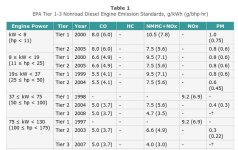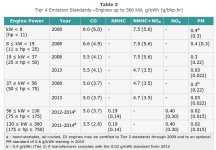Don87
Elite Member
A lot of good amendments do, amendment 20 was supposed to keep a 'lame duck' session of congress from doing the things that they just did.Personally, I'd like to see a constitutional amendment that prohibits any congressman or senator from talking to another congressman or senator except while they are in session...and the amendment would state that they can only meet 6 weeks per year. I would pay them minimum wage for a 40 hr week at 50 wks/yr though.
Not to mention the fact that some of the legislation that was passed, originated in the Senate...........which is a clear violation of the United States Constitution.

